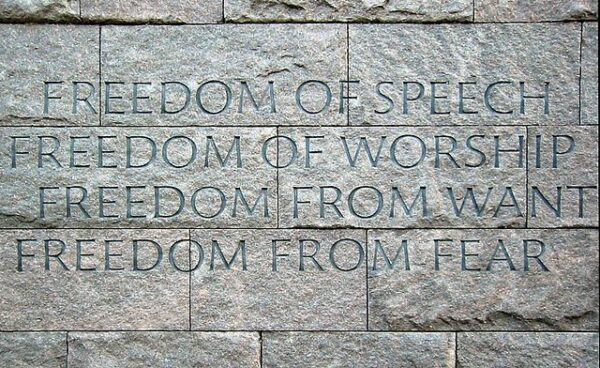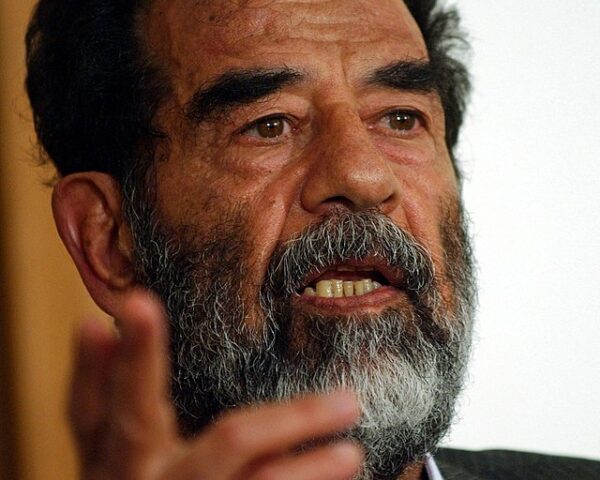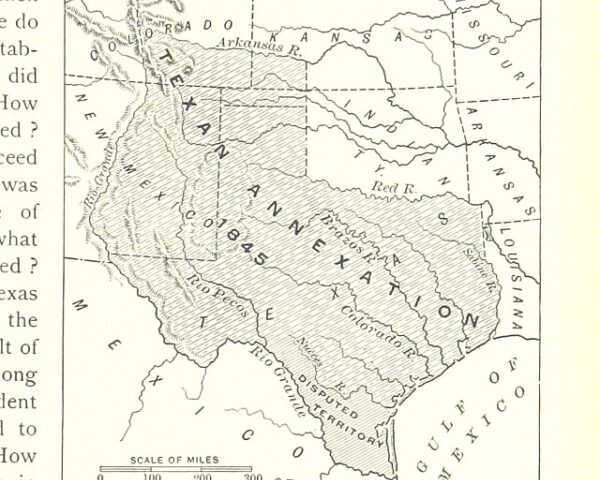On January 6, 1941, Congress heard one of the most iconic speeches in American history. Franklin Delano Roosevelt, the 32nd President of the United States, delivered what became known as the Four Freedoms Speech.
This speech was part of his State of the Union address as the world found itself deep in the throes of World War II. In front of the join session, the president made a rallying cry to defend universal liberties and a call to support allies overseas fighting against Axis aggression. The Four Freedoms outlined were meant to be fundamental freedoms that people “everywhere in the world” ought to enjoy.
The first freedom Roosevelt described was the “freedom of speech and expression,” which he considered to be a basic human right. He emphasized that this freedom should not be restricted by geographical or political boundaries, asserting that every individual should be able to speak their mind freely. This principle was a direct challenge to the totalitarian regimes of the time, which heavily censored and controlled the press and public discourse.
The second freedom he articulated was the “freedom of every person to worship God in his own way—everywhere in the world.” This freedom of religion was a poignant topic, as many of the conflicts of the era were fueled by religious and ideological intolerance. Roosevelt’s inclusion of this freedom highlighted the importance of spiritual liberty and the respect for diverse beliefs and practices, which was a cornerstone of American values and a stark contrast to the persecution seen in many parts of the war-torn globe.
Roosevelt’s third freedom was the “freedom from want,” which was essentially a vision for economic understandings that would secure for every nation a healthy peacetime life for its inhabitants. This concept went beyond the borders of the United States and sought to address the global disparities in wealth and resources that could lead to conflict. The idea was to promote a standard of living that provided adequate food, clothing, shelter, and health care for all people, thereby eliminating the extreme poverty that could breed desperation and instability.
The fourth and final freedom Roosevelt spoke of was the “freedom from fear,” which he defined as a worldwide reduction of armaments to such a point and in such a thorough fashion that no nation would be in a position to commit an act of physical aggression against any neighbor. This freedom was a direct response to the militarization and fear that had spread across the world. Roosevelt envisioned a future where disarmament would lead to security and peace, rather than the arms race that had contributed to the outbreak of war.
Roosevelt’s Four Freedoms speech would go on to have a profound impact on both domestic and international policy. It laid the groundwork for the future United Nations, the Universal Declaration of Human Rights, and various social welfare programs within the United States.
The speech also inspired the famous “Four Freedoms” paintings by Norman Rockwell, which further popularized the concepts and made them a part of the American ethos. Roosevelt’s vision of a world founded upon these four essential human freedoms continues to influence discussions about human rights and international relations to this day.






